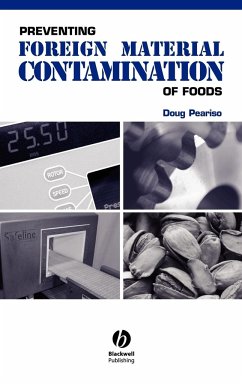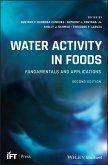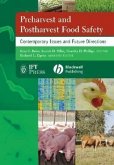Foreign Material in food products presents a tangible threat to food safety that must be addressed by processors and food service providers. But beyond food safety issues, physical contaminants threaten the most essential element to an organization's success - consumer confidence and trust. Preventing Foreign Material Contamination of Foods describes the significant business implications of non-conforming products. Author Doug Peariso provides processors with conceptual strategies to detect, eliminate, prevent physical contamination in food processing. Complete with a comprehensive, contemporary discussion and ready professional reference on the contamination of food products with foreign material, this book also examines the regulatory guidelines and processes that lead up to enforcement actions. The text is packed with tables and illustrations for developing HACCP plans, or for evaluating existing plans. In addition, statistical sampling concepts and industry standard test methods are presented in an easily understandable format. Prevention and evaluation of foreign material contamination also is addressed with a farm-to-table focus. The latest technologies and strategies for the detection and culling of foreign material in food products are covered as well. Peariso also offers real world application stategies that readers can readily apply to their own environments. Thorough in its coverage, Preventing Foreign Material Contamination of Foods goes on to deal with the essential concepts of installation qualification, operational qualification, and ongoing verification of equipment performance. Written for quality assurance, HACCP, and ralated professionals charged with maintaining the integrity of their food product, Preventing Foreign Material Contamination of Foods offers conceptual, pragmatic, and applicable strategies to detect and eliminate physical contamination during food processing.
Hinweis: Dieser Artikel kann nur an eine deutsche Lieferadresse ausgeliefert werden.
Hinweis: Dieser Artikel kann nur an eine deutsche Lieferadresse ausgeliefert werden.








